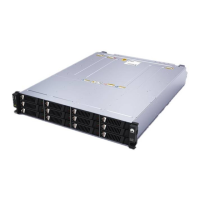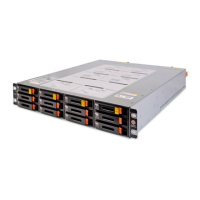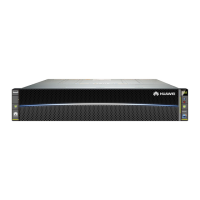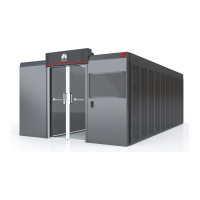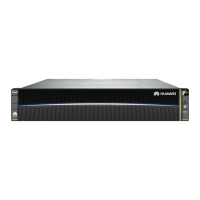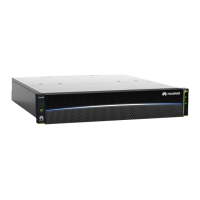including the STS Auxiliary
Corresponding to number 1,
number 2, and number 3 in
the power
on the SmartACU2000D Smart Array
Corresponding to number 4
in the power
Powering on the Distribution Transformer
Corresponding to number 5,
number 6, and number 7 in
the power
Powering on
the Smart
String ESS
Switching on the DC circuit breakers
of the rack in the battery cabin
Corresponding to number 8
in the power
Powering on the secondary devices
(turning on the AC switches
Corresponding to number 9
in the power
Switching on the DC circuit breakers
in the control unit cabin
Corresponding to number 10
in the power
(Optional)
Turning on the
switches at the
battery side of
the DC LV
Panel
Turning on the switches at the
battery side of the DC LV Panel
Corresponding to number 11
in the power
Powering on
the Smart PCS
Turning on the switches at the AC
side of the Smart PCS
Corresponding to number 12
in the power
(Optional) Turning on the switches
at the DC side of the Smart PCS
Corresponding to number 13
in the power
-on flowchart
After the system is powered on, you are advised to use a thermal imager to check whether the
DC power cables and AC input power cables in the control unit cabin of the ESS are in good
contact.
•
Before turning on the switches for the secondary device power supply in the ESS, check that
the AC voltage of the secondary device power supply is within the normal ranges.
•
If the ESS has not been used for six months or longer after being installed, it must be
checked and tested by professionals before operation.
•
Perform power-on within two weeks after cables are connected. Otherwise, replace the
desiccants with new ones (Montmorillonite desiccant, 500 g/bag).
•
Before power-on, remove the desiccants from the cabins and dispose of them according to
the applicable local waste disposal act.
•
Before power-on, remove the blue protective films with the label .
•
Do not open the battery cabin doors after power-on. Otherwise, the system will shut down.
Powering On the Smart String ESS
7.4
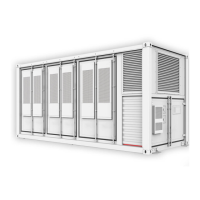
